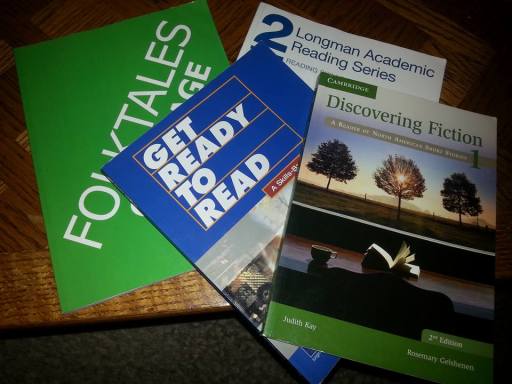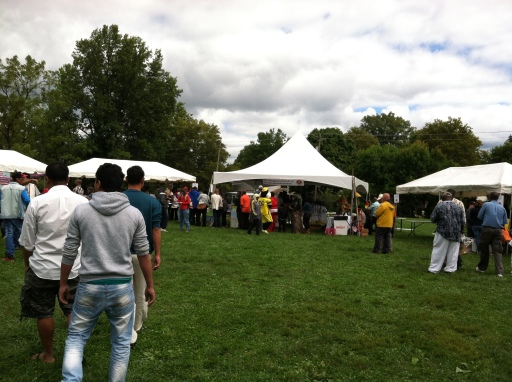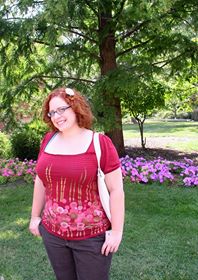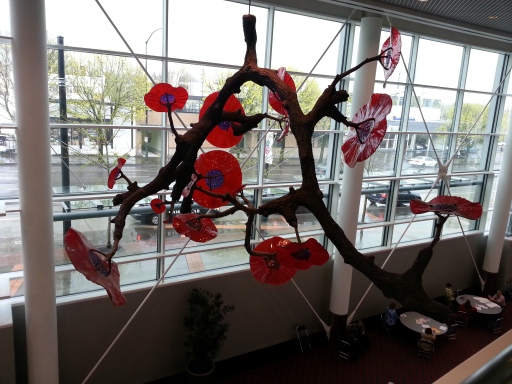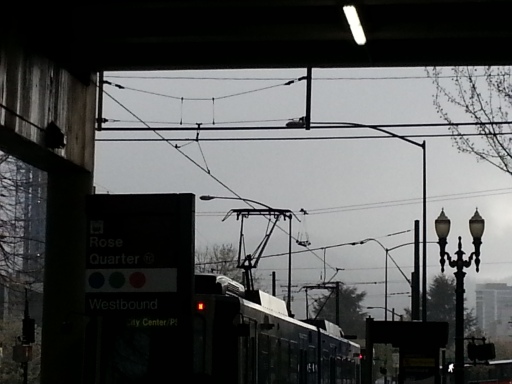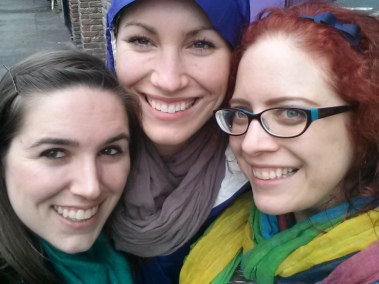Gwendolyn G. DeRosa
In the last post, I discussed online resources for new instructors to teach reading and writing to adults. Now, I want to give some suggestions for quality textbooks that I’ve used in my reading courses at Otterbein University’s ESL program.
“Get Ready to Read” by Karen Blanchard & Christine Root
This textbook is for high beginner or low intermediate students. Students should already have extensive beginner vocabulary to be able to discuss topics such as days of the week, animals, countries, seasons, hobbies, professions, and traveling. The textbook begins with topics, continues with reading skills such as previewing and predicting, and ends with making inferences. Vocabulary skills are also a focus of the textbook. What I appreciate is that the instructor does not have to create a lot of supplemental materials. There are many—very useful—activities and exercises. There are seven chapters, but I would recommend using this textbook over an entire semester (14-16 weeks).
“Longman Academic Reading Series 2” by Kim Sanabria
For intermediate readers, I recommend the Longman Academic Reading Series. Book 2 in the series has 10 chapters which contain three readings in each chapter. This textbook can be used without creating a lot of supplemental materials. I have been able to do about two readings per week. Many of the chapters’ topics fit together. For example, I was able to pair Chapters 9 “ Peace Studies” & 10 “Urban Studies” with the Penguin Reader “Gandhi” by Jane Rollason (as extensive reading). Having themes that built on each other created a foundation for vocabulary building and authentic discussions. One drawback of the textbook is that the vocabulary activities come after the reading. I suggest introducing vocabulary as part of a pre-reading activity.
“Discovering Fiction: A Reader of North American Short Stories” by Judith Kay & Rosemary Gelshenen
This collection of short stories has pre-reading and post-reading activities and discussions. It’s easy for instructors to choose stories that connect with the course topics. Some students may not have experience reading fiction in English and this collection is an excellent introduction for international students. “Discovering Fiction” is an effective supplement for intermediate students in reading courses.
Penguin Readers are adapted texts for readers in various levels of comprehension. Some are adaptations of literary works (Sherlock Holmes), some are biographies of famous people (Gandhi), and some are based on films (Forest Gump). Check out a future blog post about using Penguin Readers in EAP (English for Academic Purposes) reading courses.
Readers Theater by Aaron Shepard
Readers Theater is a wonderful way to interest vocal, energetic students in reading courses. Reading aloud is a fantastic way to connect with a story. Students can read from their seats, but kinesthetic learners can move around and act out the story. Instructors can print the scripts for free from the website or support the author by purchasing a book. I recommend “Folktales on Stage.”
Please comment below on reading textbooks that you have used in your classes.

